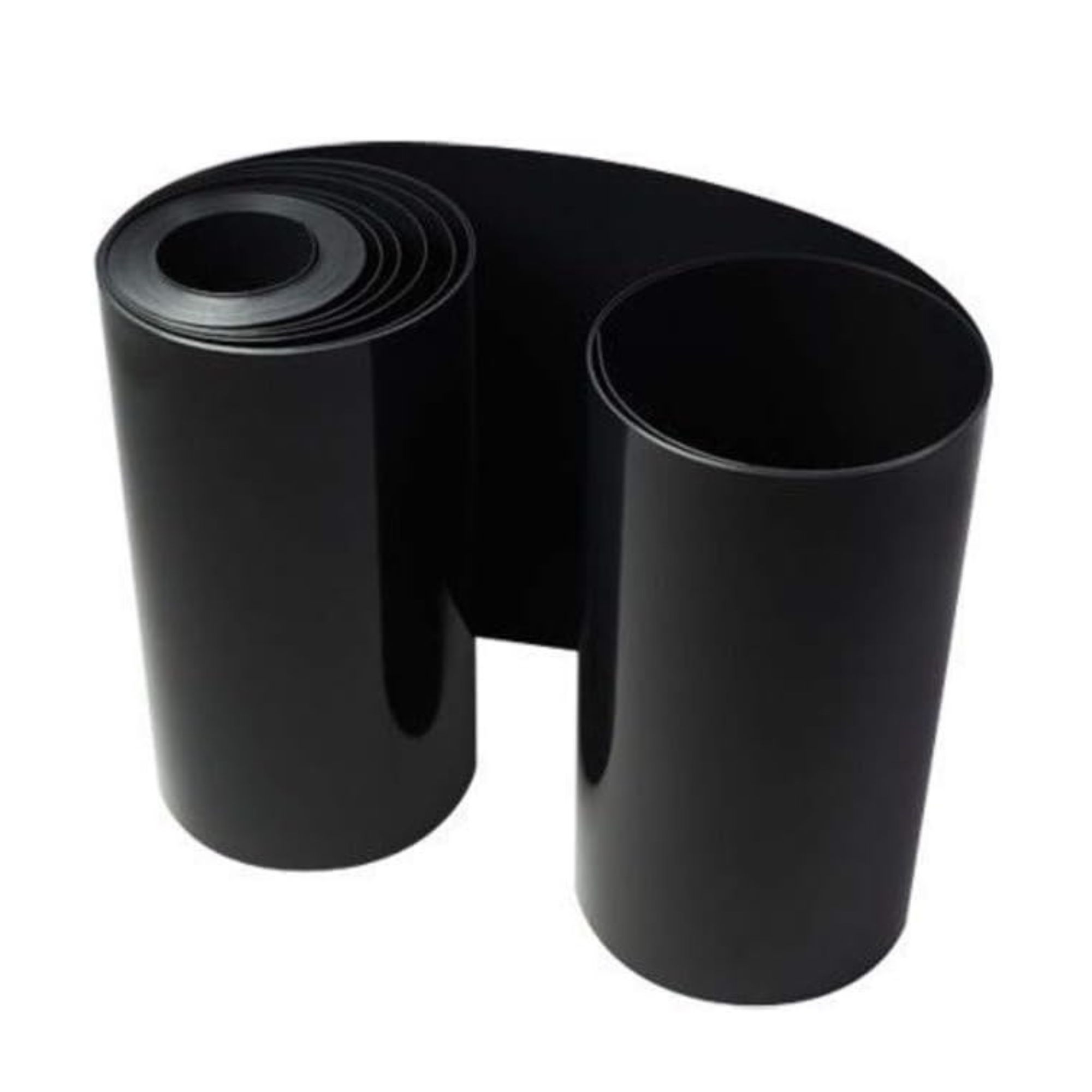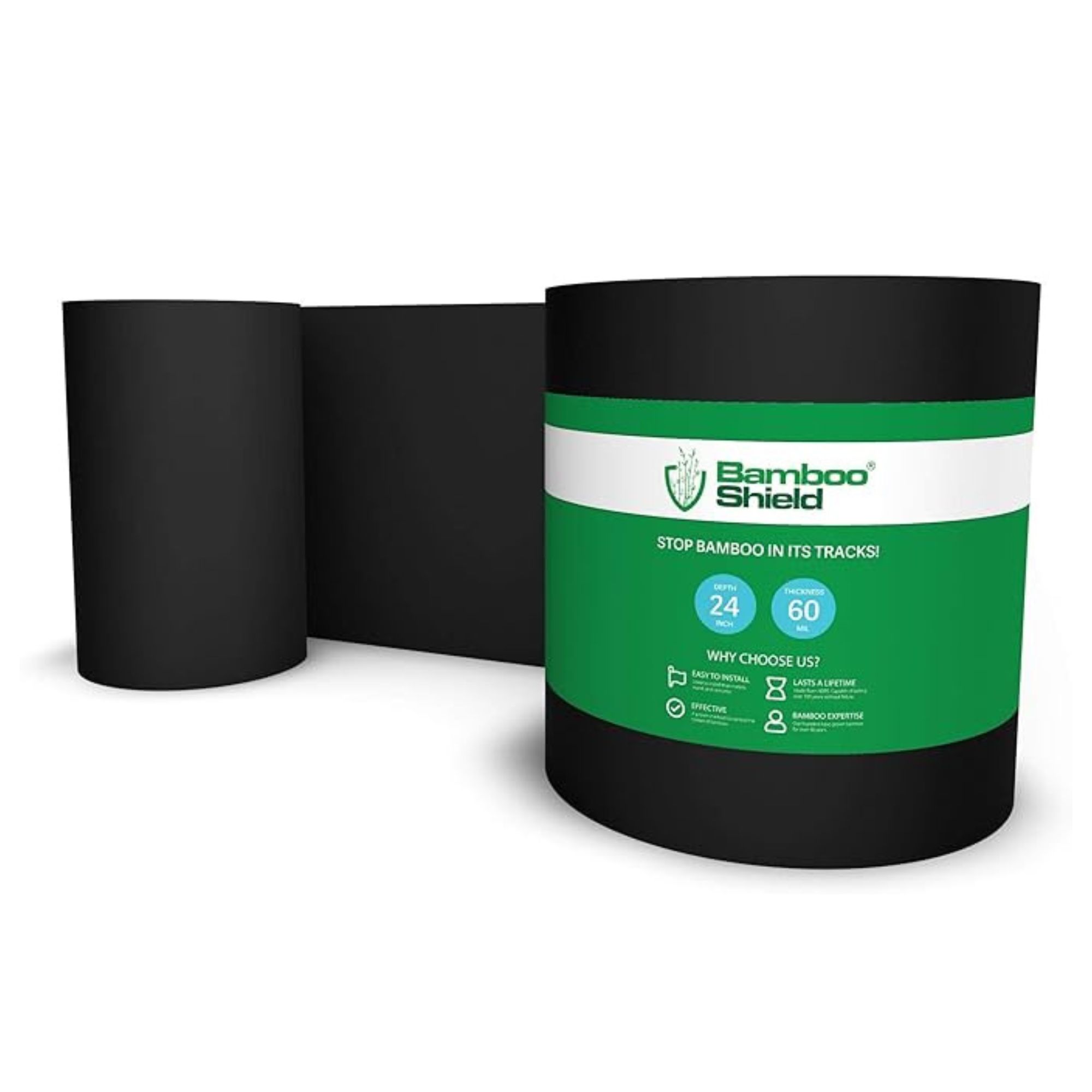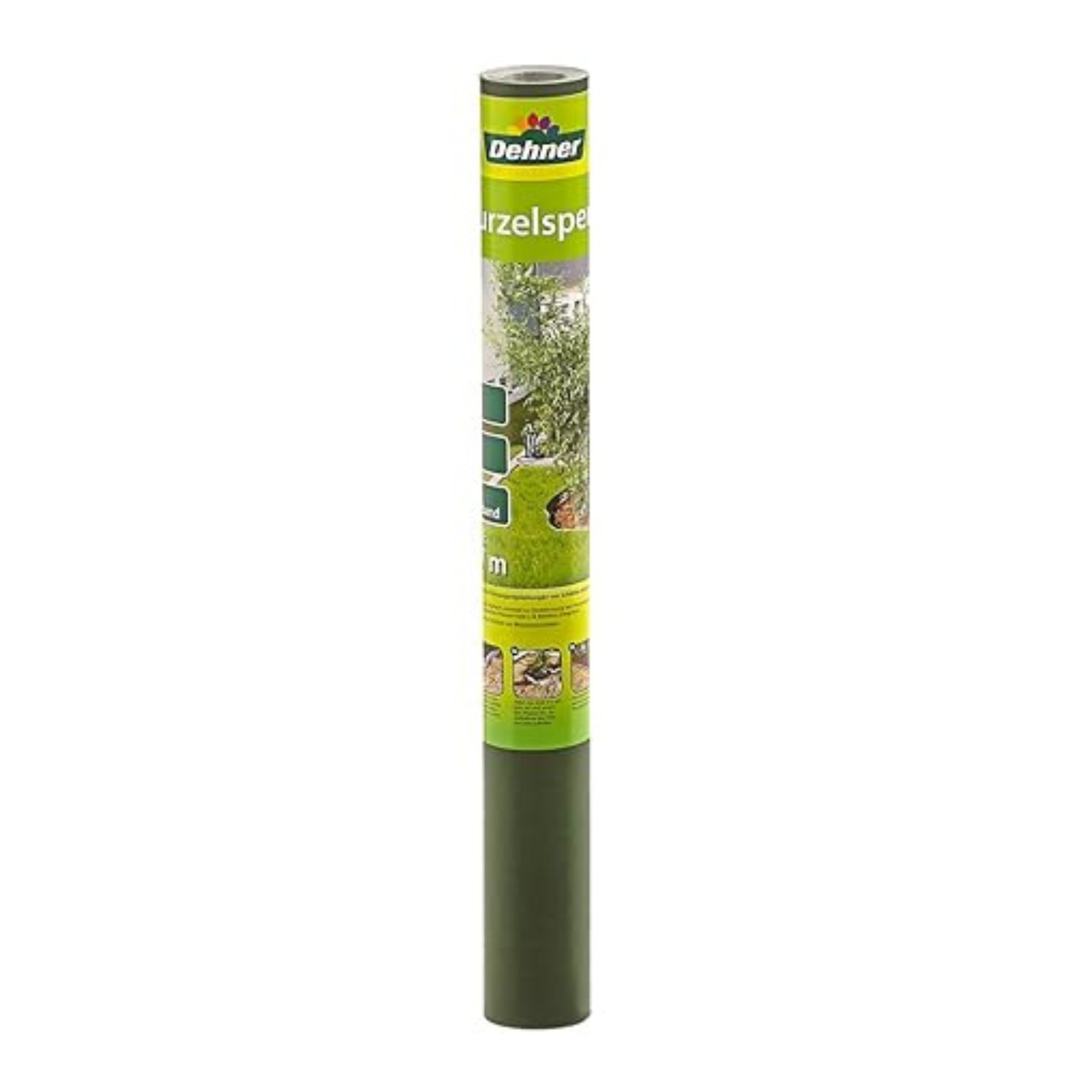What to do if you have invasive bamboo - How to spot the signs, who to contact, and how to minimise expensive structural damage
Bamboo can push over walls, sprout through floorboards, and even grow out of an oven!
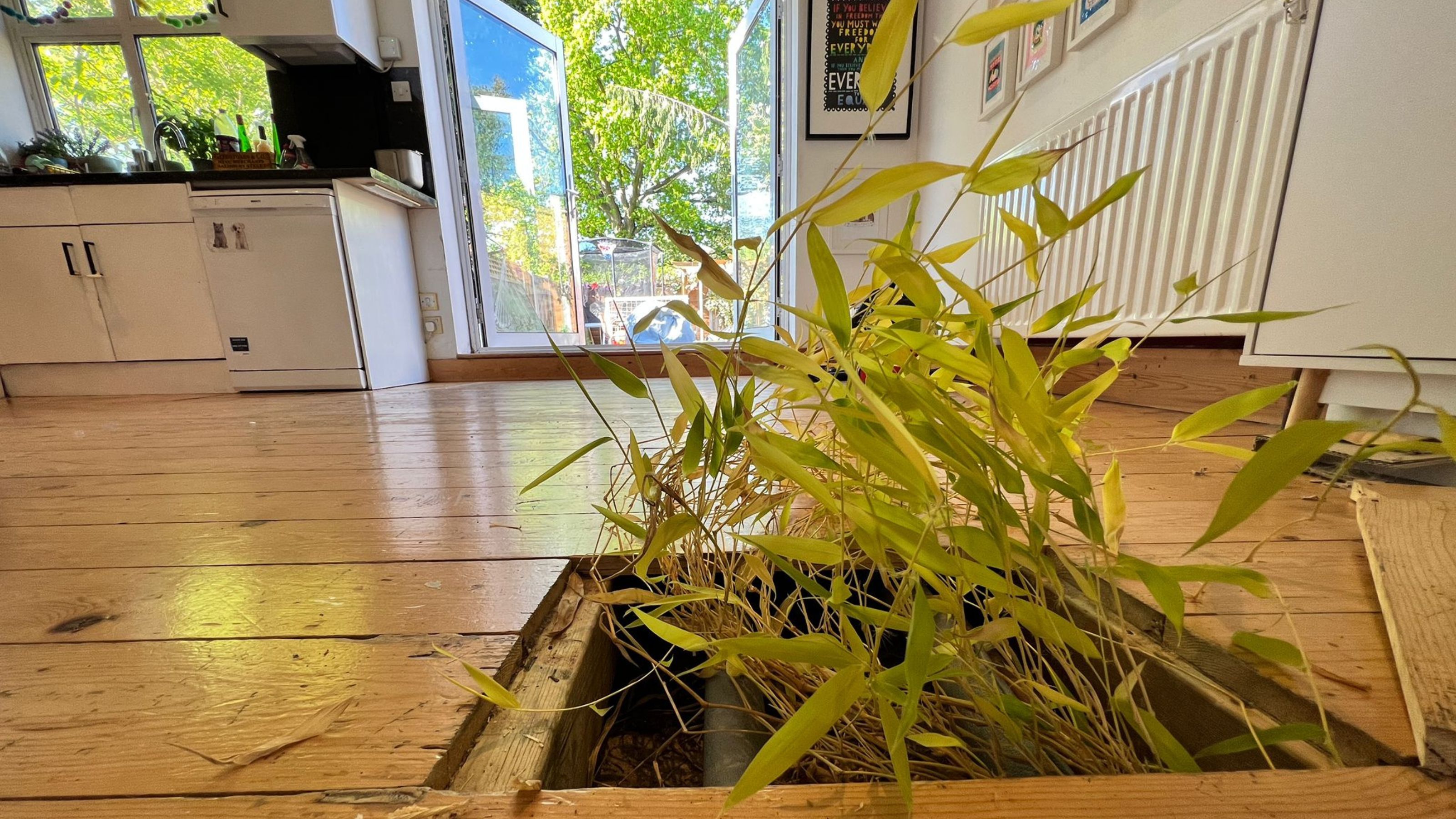

Do you have bamboo in your garden? What about your neighbour? If there’s bamboo anywhere near your property, you have a right to be worried. After all, knowing what to do if you have invasive bamboo is key to keeping your home in ship-shape.
Most homeowners immediately think of Japanese knotweed when talking about invasive plant species. And while this nuisance plant is certainly something to be wary of, experts are urging homeowners to wake up to the realities of bamboo. Sure, it may look exotic and serve as an efficient garden screening plant, but invasive bamboo can potentially cost you hundreds of thousands of pounds in damages.
If you suspect you have it, we’ve put together the ultimate guide on what to do if you have invasive bamboo - from spotting the tell-tale signs to your next steps and how to minimise structural damage to your beloved home.
What to do if you have invasive bamboo
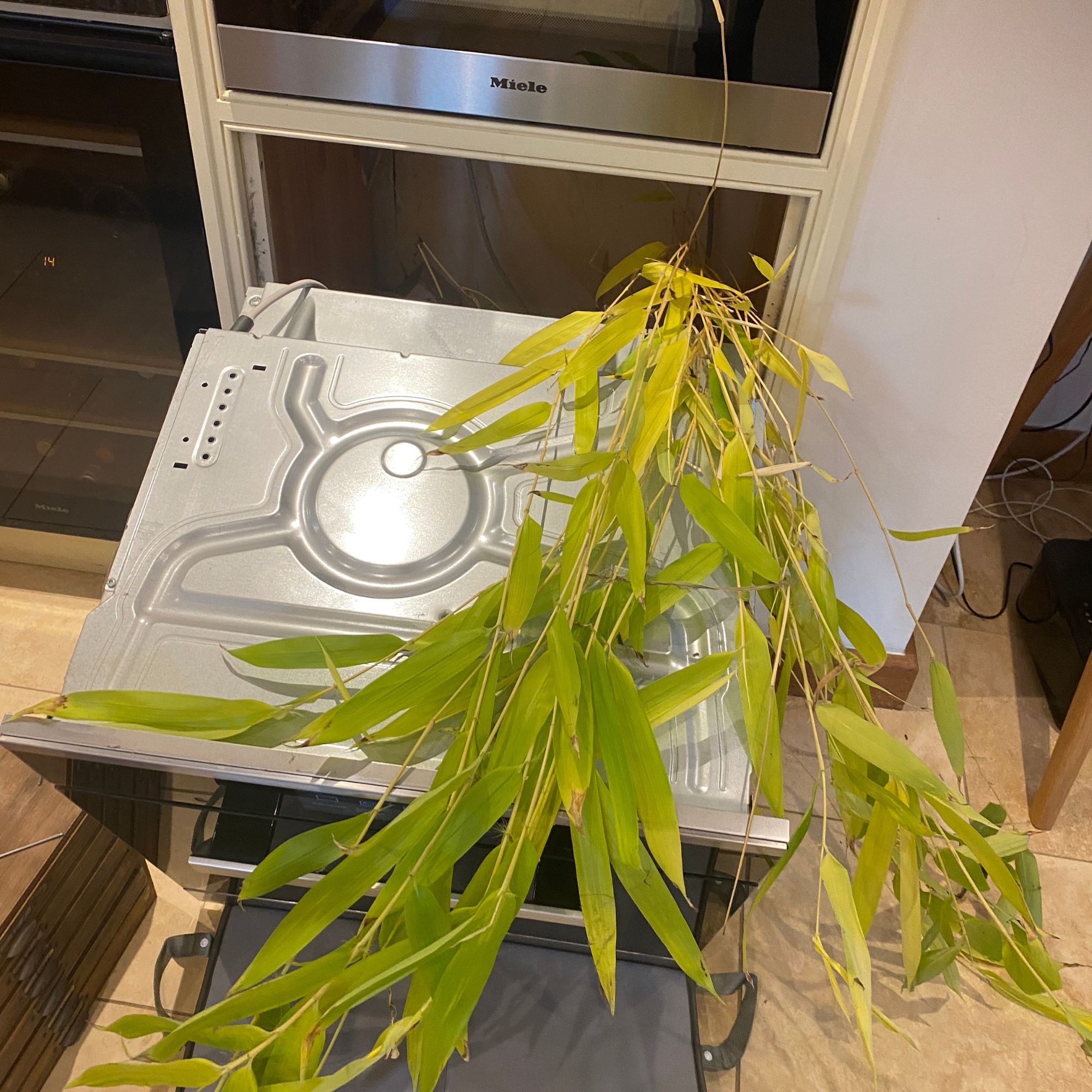
‘People are only now waking up to the problems posed by bamboo,’ explains Emily Grant, director of invasive plant specialist Environet. ‘We regularly deal with entire gardens that are a mass of bamboo rhizome.’
She also adds, ‘It’s becoming more common to see bamboo growing inside our homes. We’ve seen cases of it appearing between the skirting board and a wall in the living room, behind washing machines and ovens, and even inside cavity walls.’
If you’re worried about the same thing happening to your property, we’ve got all of the information you need to know.
1. Take note of bamboo near your home
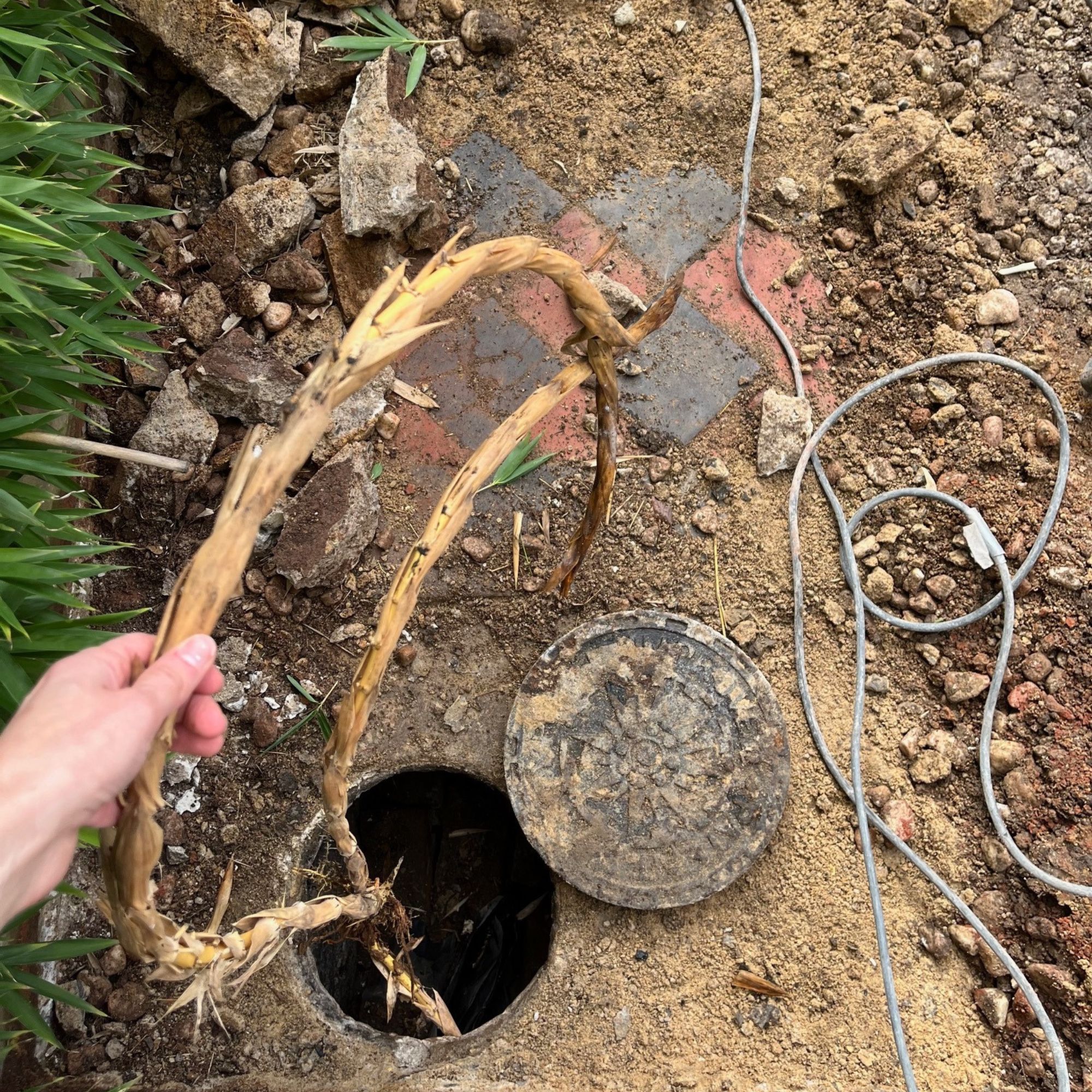
Bamboo roots that had spread down into Leanne's basement
If you’ve planted bamboo, the first step is to note its whereabouts, size, and growth rate to ensure it stays in its lane.
Get the Ideal Home Newsletter
Sign up to our newsletter for style and decor inspiration, house makeovers, project advice and more.
But it's a little more difficult if you’ve moved into a property with established bamboo in the garden. According to a YouGov survey undertaken in March 2024 and commissioned by Environet, 18% of homeowners have bamboo growing on their property or a neighbour’s property - but 84% of people don’t know that it can affect property sales, and 71% of people aren’t aware that bamboo can cause serious property damage.
Leanne Kilroy, interior designer and the face behind @goodboneslondon realised this for herself when she moved into her Victorian terraced property. She explains, ‘The previous owners had lined the front path with bamboo to form a green screen of privacy. (According to my GoogleMaps sleuthing, these were planted sometime between 2010 and 2012).’
‘When we moved in 3 years ago, I didn't really notice anything strange, but within a few months, I saw what looked like enormous, thick roots coming into the brick walls of the basement, and over time, I noticed they were growing.’
In some cases, invasive bamboo might not even be planted within your property boundaries. This was seen in 2022 when a Hampshire house was dealt with a £100k repair bill when their neighbour’s bamboo invaded their home.
So, monitor any shared boundaries between you and your neighbour, make sure you understand which fence belongs to you, and keep an eye out for any bamboo planting nearby.
Emily says, ‘If bamboo is threatening to encroach from next door, alert your neighbours and ask them to act to prevent it from spreading into your property. If they fail to do so and the bamboo causes damage to your property, you could have grounds for a legal claim against them under ‘nuisance’ legislation.’
2. Assess your property for any structural damage
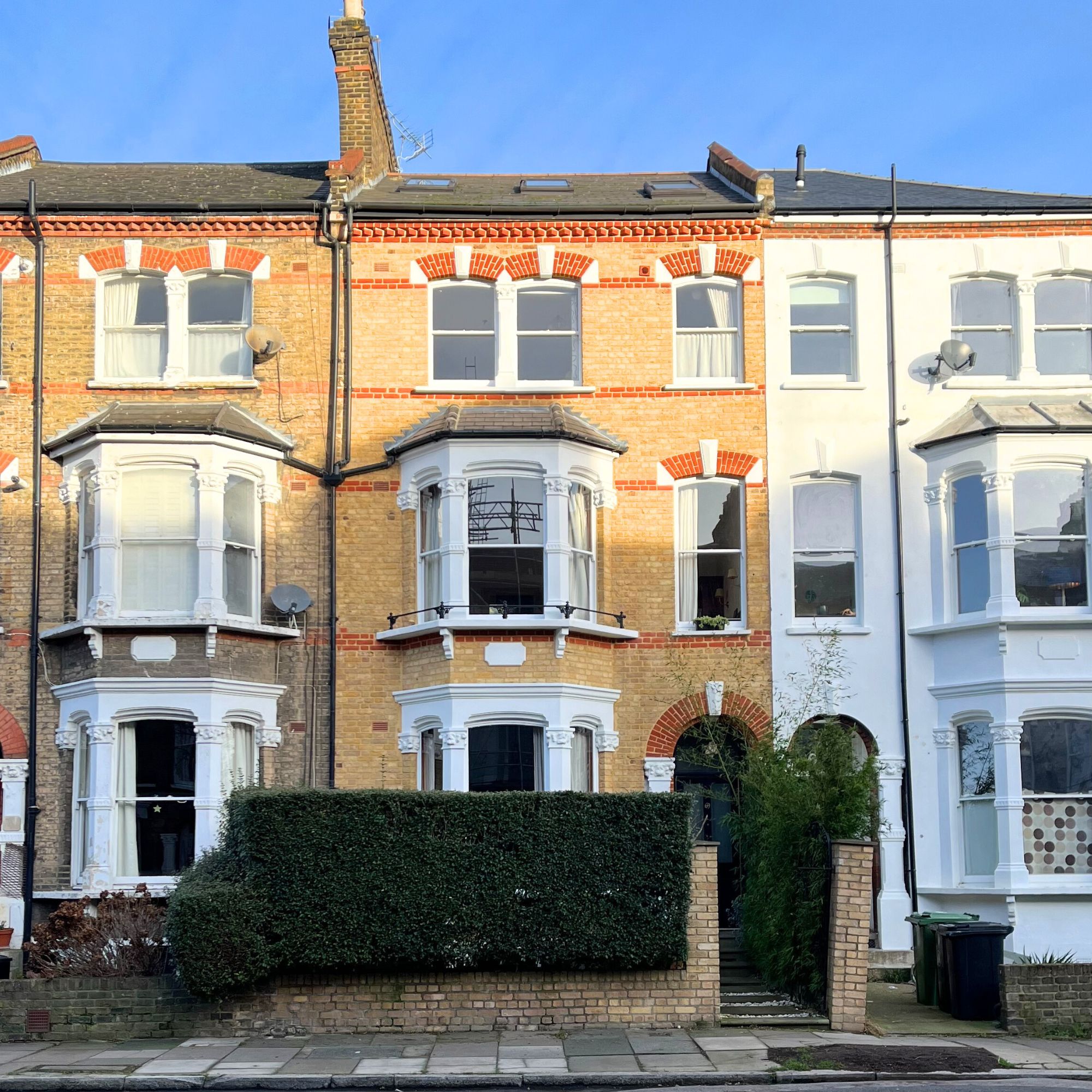
The bamboo screen and wonky brick wall outside Leanne's house
When you know exactly where the bamboo is, you should then assess your property for any structural damage. After all, bamboo can easily grow through foundations and underground channels, so the bamboo roots themselves may not be visible.
Don’t just focus on the outside of your home either, as running bamboo can grow 4.5 metres long (in any direction) a year. For Leanne, one of the biggest indicators that her bamboo was growing out of control was damage to the front of her home.
She says, ‘In the midst of a renovation and with a busy home life, it took me a while to realise what they were - bamboo roots. We also started to notice that the brick wall and post between our front path and our neighbours' was about to topple over under the strain of the bamboo roots and that the bamboo was starting to grow out of control.’
Of course, any type of property damage is best avoided, but Emily urges homeowners to keep a close eye on any damage caused by invasive bamboo. After all, the more it grows out of control, the more damage it will cause, and the harder it will be to remove and control.
‘I wouldn’t be surprised if mortgage lenders start to look more closely at the issue and impose lending restrictions similar to those for Japanese knotweed,’ she explains. ‘That would at least provide some protection to innocent homebuyers who unwittingly inherit a problem that could subject them to costly removal work and even a legal claim.’
3. Commission a bamboo survey

If you spot any signs of invasive bamboo or any damage caused by this nuisance plant, experts suggest commissioning a bamboo survey before you do anything yourself.
Emily says, ‘A few stray runners, or new shoots emerging in new locations away from the parent plant, are normally an indication of a much bigger problem to come. Early action will prevent costs from escalating.’
‘Commission a professional bamboo survey to determine the source of the bamboo infestation and the extent of the problem and devise a plan to remove it.’
With this expert advice, you can then put together a plan of action and determine the cost of solving your invasive bamboo problem.
4. Remove the bamboo
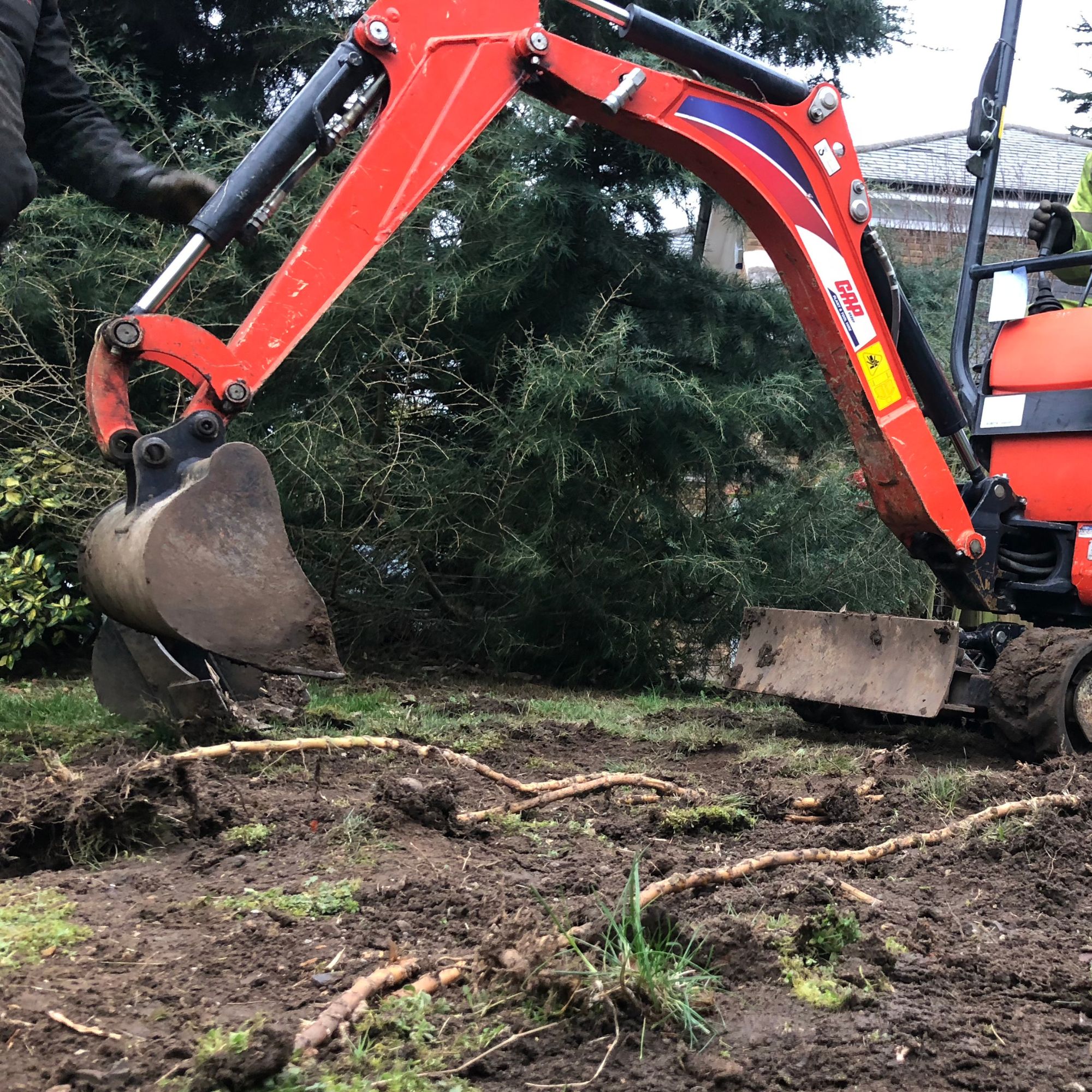
With your survey results in hand and a plan of action in place, you should then aim to remove the bamboo in its entirety. In some cases, you may be able to do it yourself - and that’s exactly what Leanne did.
She told us that the presence of the invasive bamboo ‘necessitated a (much needed) front garden renovation, in which we ripped out all of the bamboo, took down and rebuilt the brick wall and post, and filled the front garden with lovely, non-invasive plants.’
In most cases, however, experts suggest using a professional service to remove the bamboo. That’s because bamboo cannot be simply pruned and cut back. Instead, you need to get underneath the surface and remove every single inch of root.
Emily explains, ‘Bamboo infestations are treated by excavating and removing the entire root ball and rhizome system from the ground, usually using a mini digger.’
‘This can mean digging up patios and paths to remove the long lateral roots wherever they have travelled – often across property boundaries. Reputable companies will offer a monitoring period or guarantee to ensure the plant is gone for good.’
By ensuring that you remove the entire root ball, you can make sure that your invasive bamboo problems will be gone for good, and work on repairing the damage caused by this nuisance plant.
If you’re worried that the bamboo will return, you can install weed membranes and bamboo root barriers for peace of mind.
FAQs
How do I stop my neighbour’s bamboo invading my garden?
Your first port of call would be to speak to your neighbour and explain the dangers of invasive bamboo. In an ideal world, they will then deal with the root of the problem (quite literally) and take steps to remove it from their garden.
If they do not do so and it invades your garden, you then have the law on your side and can take them to court for being a ‘nuisance’ and damaging your property.
In the meantime, it’s also a good idea to take special measures to protect your own property. Installing bamboo barriers and membranes can be a good way to do this.
What kills bamboo permanently?
Although you can try cutting back bamboo or using chemical herbicides to kill it permanently, these methods are not always 100% effective. Because of this, most invasive plant experts would suggest removing every aspect of the bamboo - from the root ball to the rhizomes.
Doing this may involve using a digger and digging up your flooring - either inside or outside - but this is a small price to pay to avoid damaging invasive bamboo.
If you have invasive bamboo, don’t worry. If you catch it earlier, it’s much easier to solve your invasive bamboo problem.

Lauren Bradbury has been the Content Editor for the House Manual section since January 2025 but worked with the team as a freelancer for a year and a half before that. She graduated with a Bachelor’s degree in English and Creative Writing from the University of Chichester in 2016. Then, she dipped her toe into the world of content writing, primarily focusing on home content. After years of agency work, she decided to take the plunge and become a full-time freelancer for online publications, including Real Homes and Ideal Home, before taking on this permanent role. Now, she spends her days searching for the best decluttering and cleaning hacks and creating handy how-to guides for homeowners and renters alike, as well as testing vacuums as part of her role as the Ideal Home Certified Expert in Training on Vacuums, having spent over 110 hours testing different vacuum models to date!
-
 5 signs you’ve taken decluttering too far — and how you can pull yourself back, according to organisation experts
5 signs you’ve taken decluttering too far — and how you can pull yourself back, according to organisation expertsYou might have to start resisting the urge to purge
By Lauren Bradbury
-
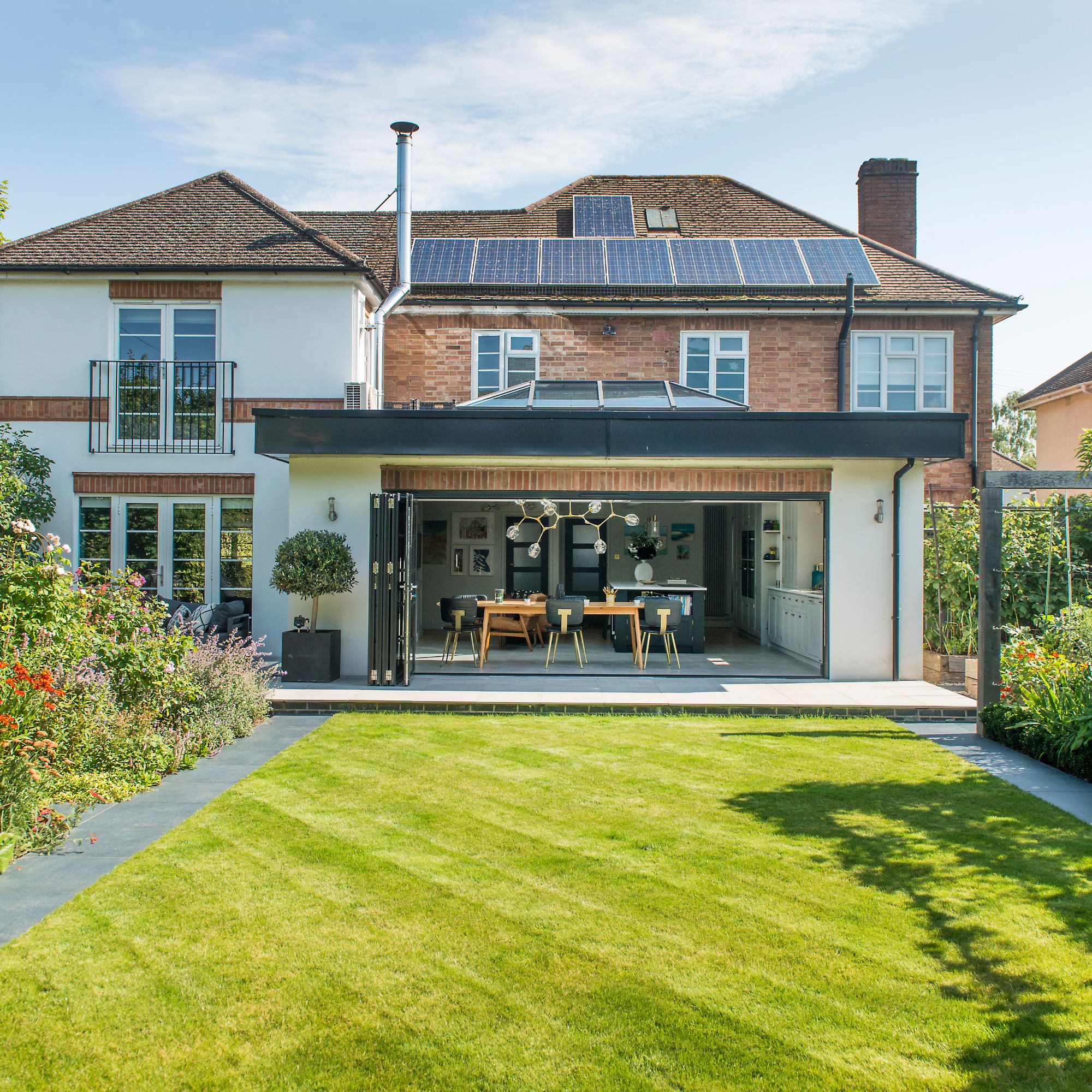 What is the Party Wall Act 3m rule and is it something you should be worried about? This is what the experts say
What is the Party Wall Act 3m rule and is it something you should be worried about? This is what the experts sayDon't get caught off-guard by the Party Wall Act 3m rule — our expert guide is a must-read
By Natasha Brinsmead
-
 Shoppers can’t get enough of The Range’s lemon tree, but I’ve found an even cheaper bestseller at B&Q - it’s perfect for a Mediterranean look
Shoppers can’t get enough of The Range’s lemon tree, but I’ve found an even cheaper bestseller at B&Q - it’s perfect for a Mediterranean lookWelcome the summer with this glorious fruit tree
By Kezia Reynolds
